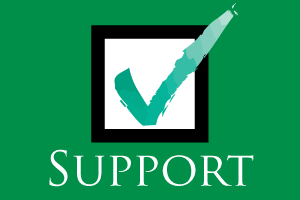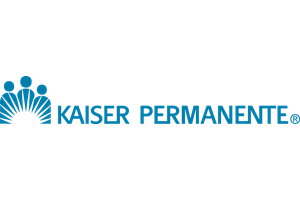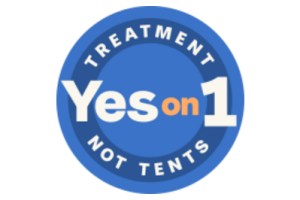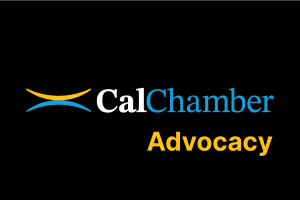
Pharmaceutical Spending
Cost Containment Tools Include Pharmacy Benefit Managers
Health care spending in the United States is on the rise and a major component of that increase is escalating prescription drug costs. By no means is California immune from this spending surge. Health plans pay more money, year after year, for prescription drugs, which is a major element in explaining why employer-sponsored health plan premiums are increasing.
Stemming the rise of pharmaceutical costs falls largely on the shoulders of the federal government. However, the state of California and employers have tools that can assist in this task. Namely, California requires reporting for pharmaceutical spending and the recently created Office of Health Care Affordability tracks health care cost drivers. Additionally, health plans and employers typically utilize pharmacy benefit managers to manage their prescription drug spending.
California’s Prescription Drug Spending
According to the Department of Managed Health Care (DMHC), health plans paid about $12.1 billion for prescription drugs in 2022, an increase of almost $1.3 billion or 12.3% from 2021. On a per-member-per-month (pmpm) basis, health plans paid $79.82 in 2022, which is an increase of $8.36 pmpm or 11.7% from 2021. Since 2017, prescription drug costs paid by health plans increased by $3.4 billion or 39%. Prescription drugs accounted for 14.2% of total health plan premiums in 2022, an increase from 13.3% in 2021.
The DMHC found that while specialty drugs accounted for only 1.6% of all prescription drugs dispensed, they accounted for 64% of total annual spending on prescription drugs. Generic drugs accounted for 88.9% of all prescribed drugs but only 14.4% of the total annual spending on prescription drugs. These figures demonstrate how important it is for employers and plans to offer a wide range of options when it comes to filling specialty drug prescriptions. This could include mail pharmacies, white bagging options, or certain pharmacy network restrictions. This model helps keep ever-rising prescription drug costs manageable for all of us.
“Prescription drug costs are a major contributor to the overall cost and affordability of health care,” said former DMHC Director Shelley Rouillard. The 2023 Kaiser Family Foundation Employer Health Benefits Survey indicated that the average annual premiums for employer-sponsored family health coverage reached $23,968, with workers on average paying $6,575 toward the cost of their coverage.
When looking at national trends, The Centers for Medicare & Medicaid Services’ National Health Expenditure Data indicates that prescription drug spending increased 8.4% to $405.9 billion in 2022, faster than the 6.8% growth in 2021. The Centers for Medicare and Medicaid Services previously projected that such spending will continue, climbing to $1,635 per capita by 2027, an increase of 60%. The price of prescription medications rose 62% between 2011 and 2015.
While pharmaceutical spending continues to grow, employers and health plans utilize tools such as pharmacy benefit managers to minimize economic impacts.
Pharmacy Benefit Managers
A pharmacy benefit manager (PBM) is a company that helps manage prescription drug benefits for employers, health plans and health insurers. The primary function of a PBM is to act as an intermediary between health insurers, drug manufacturers, and pharmacies to make sure that prescription medications are covered and cost-effective under a health plan.
PBMs negotiate with drug manufacturers and pharmacies to get lower prices on medications. The PBMs use the economies of scale and their purchasing power to procure better prescription drug deals, which then are passed on to, primarily, the health insurance plan and consumers.
PBMs create and manage formularies, which are a list of covered drugs under the health plan. The PBM and the health plan will decide which drugs will be covered by the plan and how much patients will need to pay for them.
When California employers provide prescription drug coverage to their employees, PBMs typically are retained to manage that coverage. This is true for self-insured plans, health plans, or health insurance.
After a health plan or employer contracts with a PBM, they negotiate lower prices for medications. Drug benefits are extremely complicated, so employers outsource the management of this benefit to PBMs, since that is their primary function.
Legislation Directed Toward PBMs
In 2024, there were federal and California efforts to control and regulate PBMs. Federally, Congress has proposed legislation to increase PBM transparency by requiring disclosures related to how PBMs set drug prices and assess fees. The congressional efforts also propose to limit or eliminate certain rebates and expand formularies.
In California, Senator Scott Wiener (D-San Francisco) introduced SB 966, which ultimately was vetoed by Governor Gavin Newsom. SB 966 attempted to establish a licensing requirement for PBMs overseen by the California Department of Insurance. The bill also proposed to require PBMs to comply with certain reporting requirements, prohibit certain pharmacy practices related to claims, and ban spread pricing models. While the California Chamber of Commerce certainly supports the proposition of obtaining greater transparency, the provisions within SB 966 would have acted as a health care cost driver.
The Pharmaceutical Care Management Association estimated that PBMs will save Californians $110.55 billion from 2020–2029. The provisions of SB 966 would have weakened the tools that assist in keeping drug costs down for patients and employers. While the transparency goals within the bill were laudable, the overall structure of the legislation eroded the methods PBMs use to manage prescription drug spending for California businesses.
CalChamber Position
There is no disagreement that health care costs are rising and making it more difficult for employers and their employees to afford quality, accessible care. Maintaining a viable health insurance market with affordable and accessible pharmaceuticals is important. However, legislation that targets PBMs, rather than the manufacturers who produce the drugs and set pricing, will ultimately increase premiums on employers and employees.
The CalChamber will continue to promote efforts to contain health care costs and improve access to high-quality care while avoiding added burdens and higher costs on employers.
February 2025
Agriculture and Resources
California Environmental Quality Act (CEQA)
Climate Change
Education
Energy
Environmental Regulation
Health Care
Housing and Land Use
Immigration Reform
International Trade
Labor and Employment
Legal Reform
Managing Employees
Privacy
Product Regulation
Taxation/Budget
Tourism
Transportation
Unemployment Insurance/Insurance
Water
Workers’ Compensation
Workplace Safety





